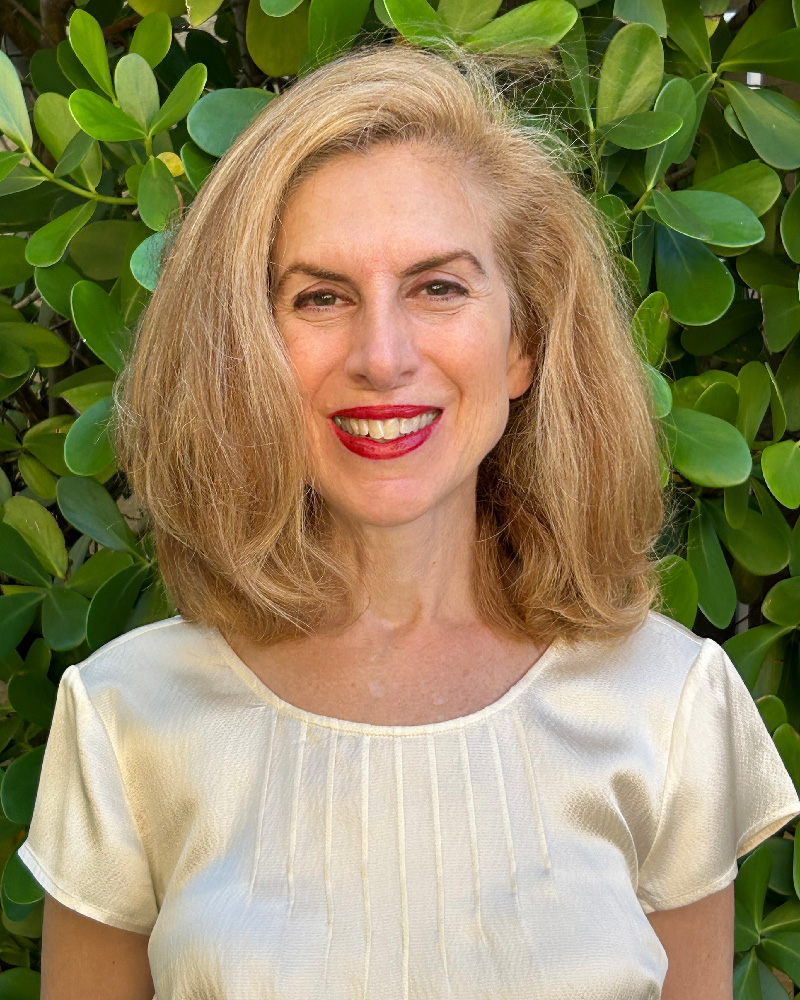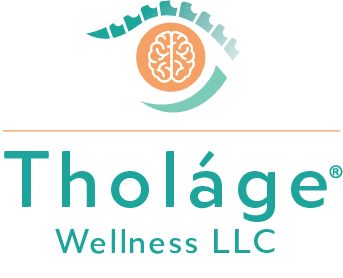Hello there!
Thank you for visiting! We believe strongly in this treatment, because Tholáge® is about harnessing the natural powers of the body and mind. We do this by using psychophysiological exercises, actions the body does already, and reverse engineering them to treat mental disorders. And we look at how humans evolved throughout history and use that as our guide.
We do this because the human body has developed many methods for maintaining balance, or seeking “homeostasis.” If you are too hot, you perspire, which cools you. We believe the same principles apply to mental wellness. Especially when they are combined with other psychophysiological exercises.
For example, when people are tired or deeply relaxed, they unfocus their eyes and stare: There is no danger to lock in on. And you can mimic a stare to replicate that relaxed state. Similarly, people yawn when they are tired. And—if you don’t have jaw issues—you can gently drop your jaw to relax (it stimulates the vagus nerve).
Further, when people are angry, in many cultures, they roll their eyes. The research shows a physiological connection between that upward eye position—especially if it is held a certain length of time—and the activated states of anger and related emotions. I theorized that this allows people to access the emotion of anger. So, we use a protocol involving that eye position, and other steps, to access anger, because the research and our biology tell us we can.
But why do we focus on suppressed anger, specifically, in Tholáge®? (And we mean regulated anger, not irritability, not rage.)
Because research shows there is a connection between suppressed anger (and other emotions) and mental disorders. Further, it was healthy and adaptive to suppress anger when patients were children, when they could not care for themselves. This is how I was trained at Northwestern University. And I still believe suppressed anger, especially toward early caregivers, is the most important suppressed emotion, the deepest one down, to access, experience, and regulate.
In fact, Tholáge® has two main goals for patients: access suppressed anger organically, in the moment where possible, and experience that emotion in a regulated way, or process it as such later on. The exercises we teach access the neurochemicals that do this. They help patients access emotions and regulate as they do so.
This gives immediate relief from symptoms of mental health disorders.
But as I said, Tholáge® is also about recreating the way we evolved over time, the ways we lived that were so healthy… ways that have been lost in modern life. For instance, humans have always lived in packs or groups. It helped ensure survival. And we get very uncomfortable—and mentally and physically unhealthy—when we feel isolated, as the Surgeon General recently stated.
So, at Tholáge®, we have also found a wonderful, natural way to recreate the neurochemicals associated with that socially connected way of life, without pills, and without necessarily needing to be around others, though we always say that the BEST way to get those neurochemicals is to be around others that we trust. These neurochemicals are ideal for treating trauma, as they pertain to the movement and storage or traumatic memories, and they increase neuroplasticity.
This gives patients a way to create new neural pathways over time, pathways that represent this new regulated way of living–more permanently.
I believe your journey with Tholáge® will be surprising to you in its effectiveness for your C-PTSD and other patients and in the way that it puts power in your patients’ hands. I welcome your questions and comments. You can reach me at [email protected].
Thank you for your valuable time!
Warmly,
Deanna


